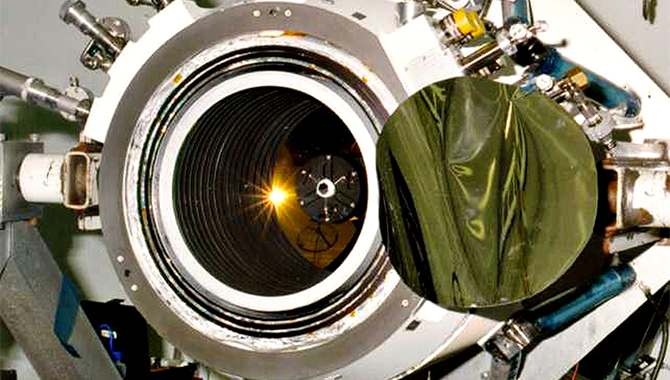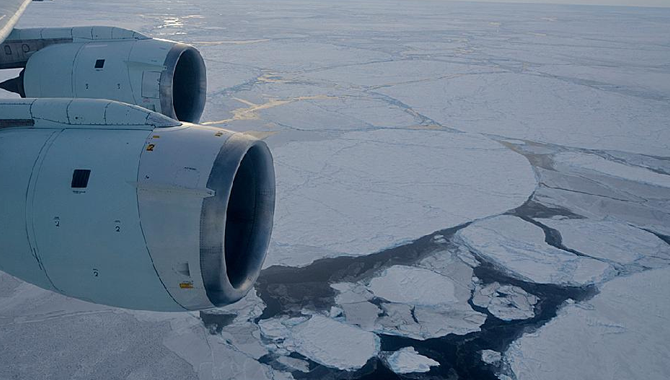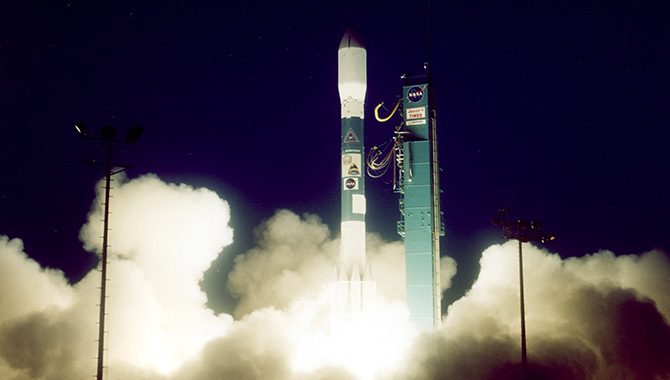
Fifteen years ago this month, the Wide-field Infrared Explorer’s (WIRE) primary mission came to an abrupt end.
As the fifth mission of the NASA’s Small Explorer Program, the WIRE spacecraft was designed to study the formation and evolution of galaxies using temperature-sensitive infrared detectors. In order to shield WIRE’s detectors from excess heat, the spacecraft was housed inside of a cryostat, an enclosure used to maintain low temperatures. According to the mission plan, once WIRE reached its intended destination in the cold of deep space, the cryostat’s cover would eject and WIRE could get to work.
However, the cryostat’s cover ejected too soon after launch, rendering WIRE’s detectors unusable. The primary mission was lost.
The resulting investigation identified poor communication and incomplete testing as contributing factors to the mishap. This month, APPEL News looks back on the reflections of WIRE Mission Manager Bryan Fafaul in an ASK Magazine article:
“We spent three years ensuring that cover would come off, and probably only a handful of hours making sure that it would stay on, said Bryan Fafaul, who was the mission manager for WIRE….
“We as engineers and scientists do a very good job addressing technical anomalies. We do a great job diagnosing the problem, making the appropriate corrections, and performing the necessary regression testing to ensure success,” said Fafaul. “Management anomalies are just as important but are more difficult to address. They take a long time to recognize, after effects are unclear, and regression testing is difficult. For WIRE, we had an issue: we weren’t communicating anymore. Ultimately, we had some personnel change out, and that made a significant difference in our communication. But the thing we didn’t know how to do was analyze what damage had been done as a result. We made a change, but we didn’t know how to go back and verify [regression test] what we caught and what we missed. We just didn’t know how to do that.”
Despite the failure, NASA was able to use the spacecraft for an alterative mission, leveraging the spacecraft’s star trackers to study stellar oscillations. The WIRE spacecraft fell to Earth on May 10, 2011.
Read the full ASK Magazine article by Bryan Fafaul.
Watch a video of Bryan Fafaul discuss his lessons learned from WIRE.
The WIRE telescope inside the cryostat assembly.
Featured Photo Credit: NASA









